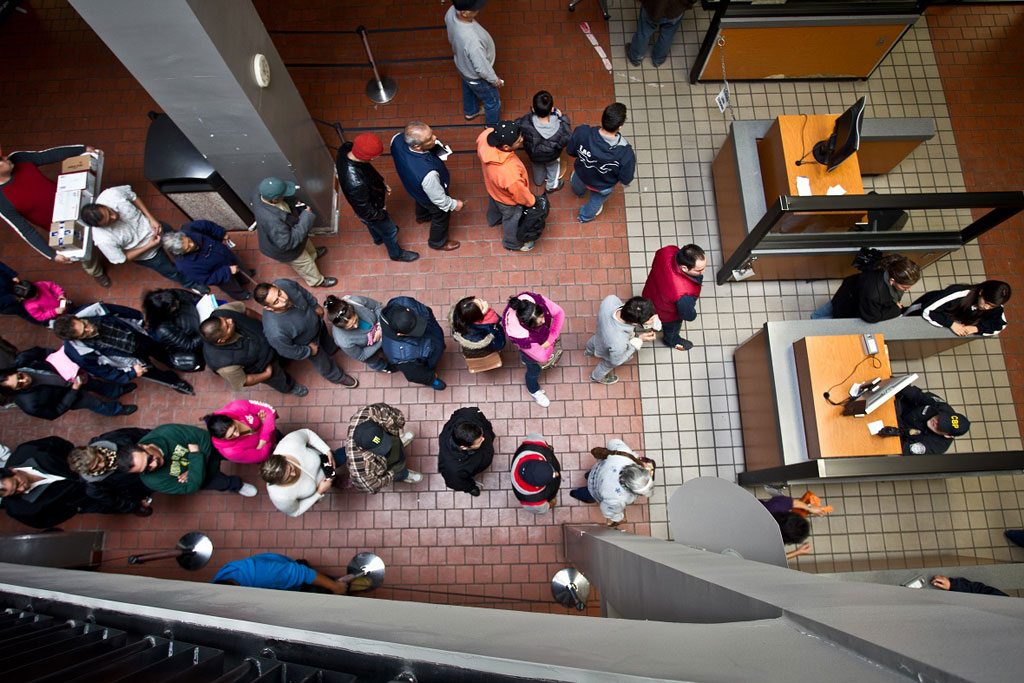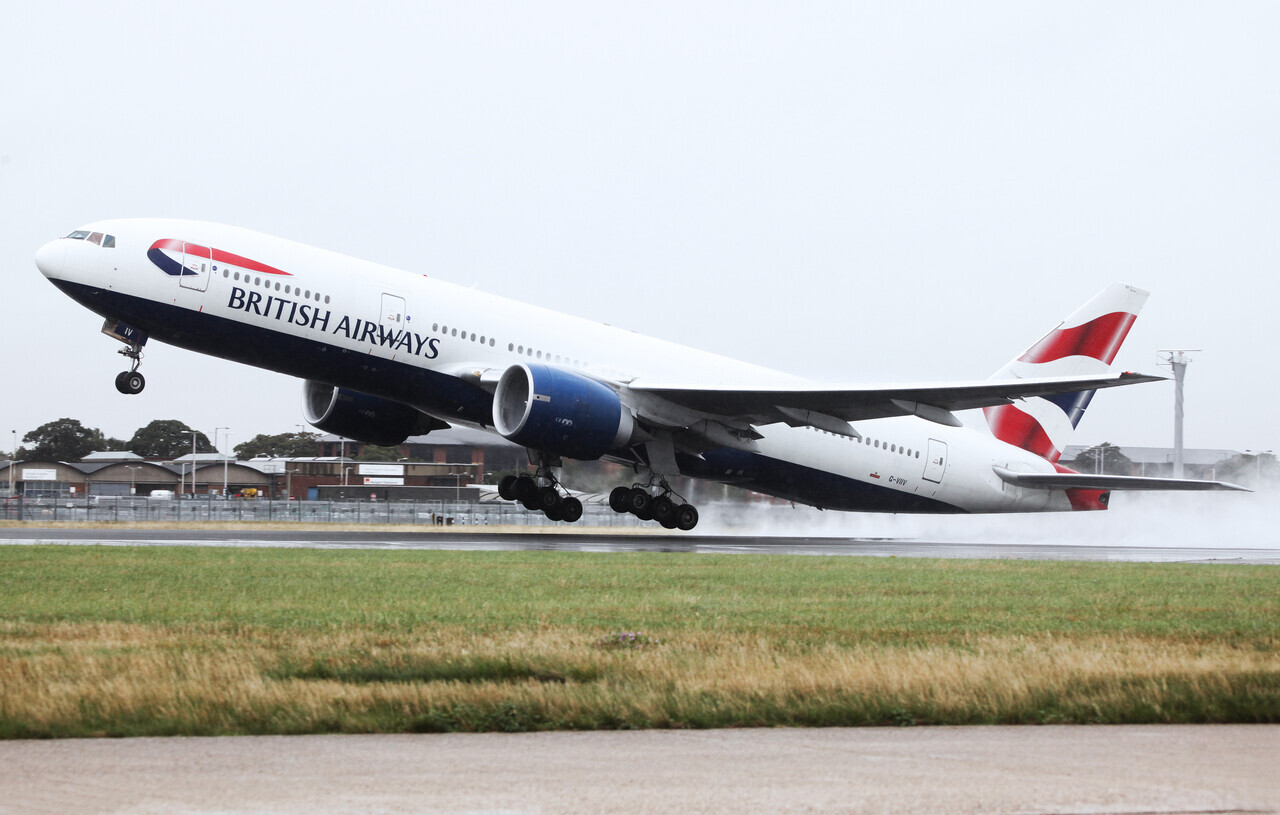U.S. Tourism Office Blocks Release of International Visitor Data

Skift Take
The U.S. National Travel & Tourism Office announced Monday afternoon that it would not release any new data on international arrivals to the United States until technical issues are resolved, according to a statement from the agency.
Data is only currently available through September 2017, when international arrivals were down 5 percent year-over-year and 3.8 percent year-to-date. Canadian arrivals were up more than 4 percent for September and year-to-date, but Mexico and overseas arrivals fell more than 6 percent for the month and first three quarters.
U.S. Customs and Border Protection has a significant number of records with technical issues, the statement said, and no new arrivals will be reported until the records in question are properly identified, categorized, and counted.
U.S. citizens aren't counted as visitors when they re-enter the country and pass through a customs checkpoint, but many international travelers were incorrectly counted as U.S. residents, the tourism office said.
"Therefore, those travelers were removed from the visitor count of overseas travelers arriving into the United States, resulting in a probable undercount for 2017," the statement said.
A potential undercount would call into question the idea of a so-called Trump Slump, the decline in international visitation that began right around the election of President Donald Trump in late 2016. Before Monday, few in the travel industry had questioned whether the dip was real, though many suggested the decline could be traced to a stronger dollar, low-cost international flights to Europe, and other factors unrelated to politics.
The U.S. Travel Association, which represents travel industry sectors in Washington, D.C., praised the agency's move to suspend further data releases.
"With international inbound travel being such a critical component of the U.S. trade balance and jobs base, the stakes are very high to have an accurate data picture of overseas visitors to our country," said Tori Barnes, U.S. Travel's senior vice president for government relations, in a statement. "We appreciate [Customs and Border Protection] and the Commerce Department's commitment to getting this right."
"Even if changes to the official federal data reveal stronger numbers of visitors to the U.S. in 2017 than previously reported, the fact will remain that while international travel is spiking globally, the United States is losing share of that growing market to our competitors around the world," Barnes said.
U.S. Travel and 14 other organizations launched the Visit U.S. Coalition in January in an attempt to get the White House on board with the notion that travel is a key economic driver for the U.S. economy, and a decline in visitor arrivals puts the country at a disadvantage. As of last week, the coalition had not yet had any meetings with the White House.
U.S. Travel, which had reported early last year that the dip in arrivals wasn't earth-shattering, revised its own international arrivals data and forecast in September to show the drop in arrivals was worse than thought.
International visitor spending was also down more than 3 percent, or $4.6 billion, year-over-year through November, according to U.S. Travel.
Many destinations have said they didn't have any visitor slump last year, or that growth from some markets compensated for declines from others. Major gateways such as New York City, Los Angeles, and Miami all reported a record number of international overnight arrivals.
Airlines, cruise lines, hotels, tour operators, and other travel companies across the United States rely on arrivals data to measure and project demand and plan new products and offerings. Getting the data right is important, but withholding data and not giving the travel industry any clues about the rest of 2017 doesn't help either.
Much of the U.S. travel industry has scratched its head for the past year and wondered how bad the slump would be, and the confusion just got more complicated.




